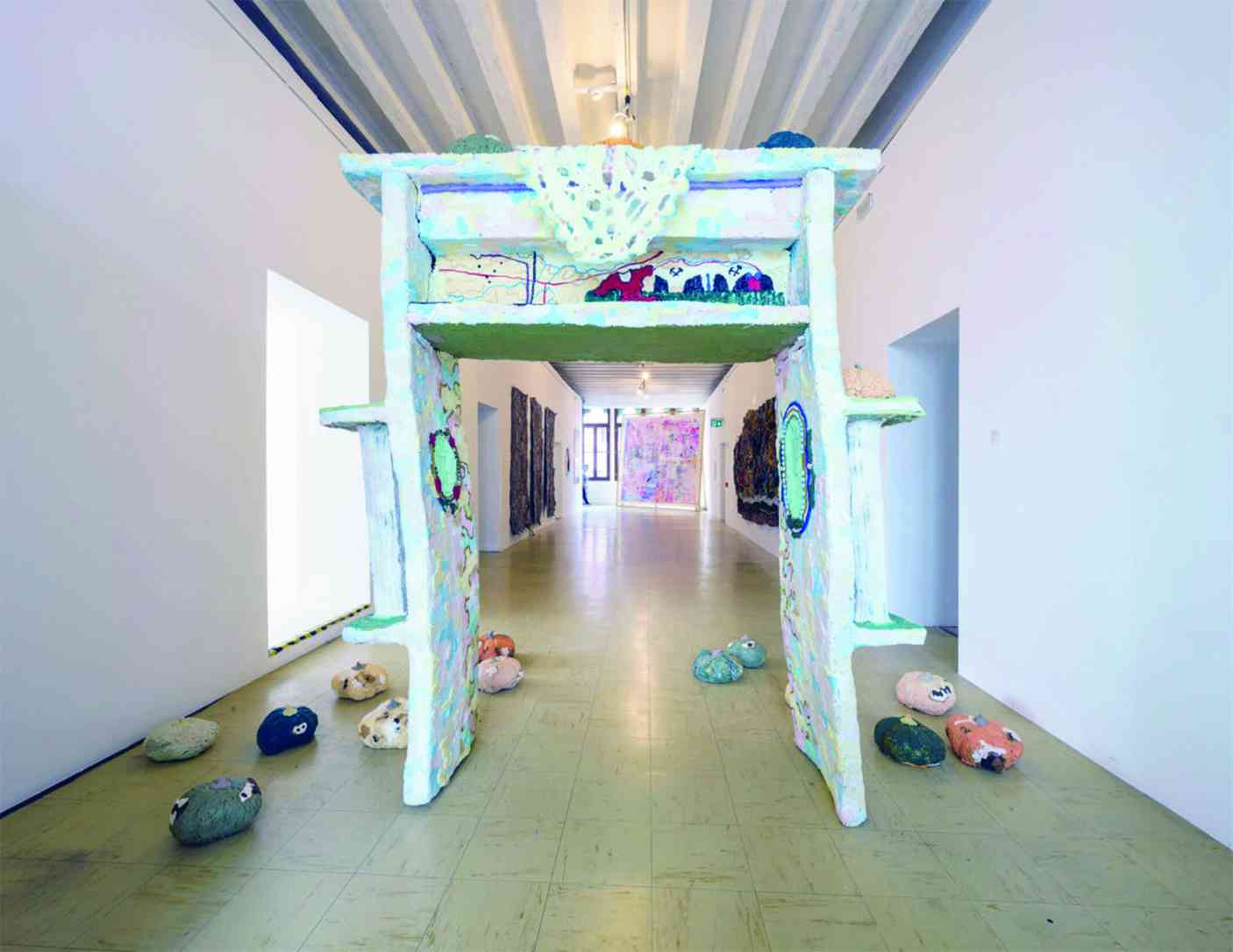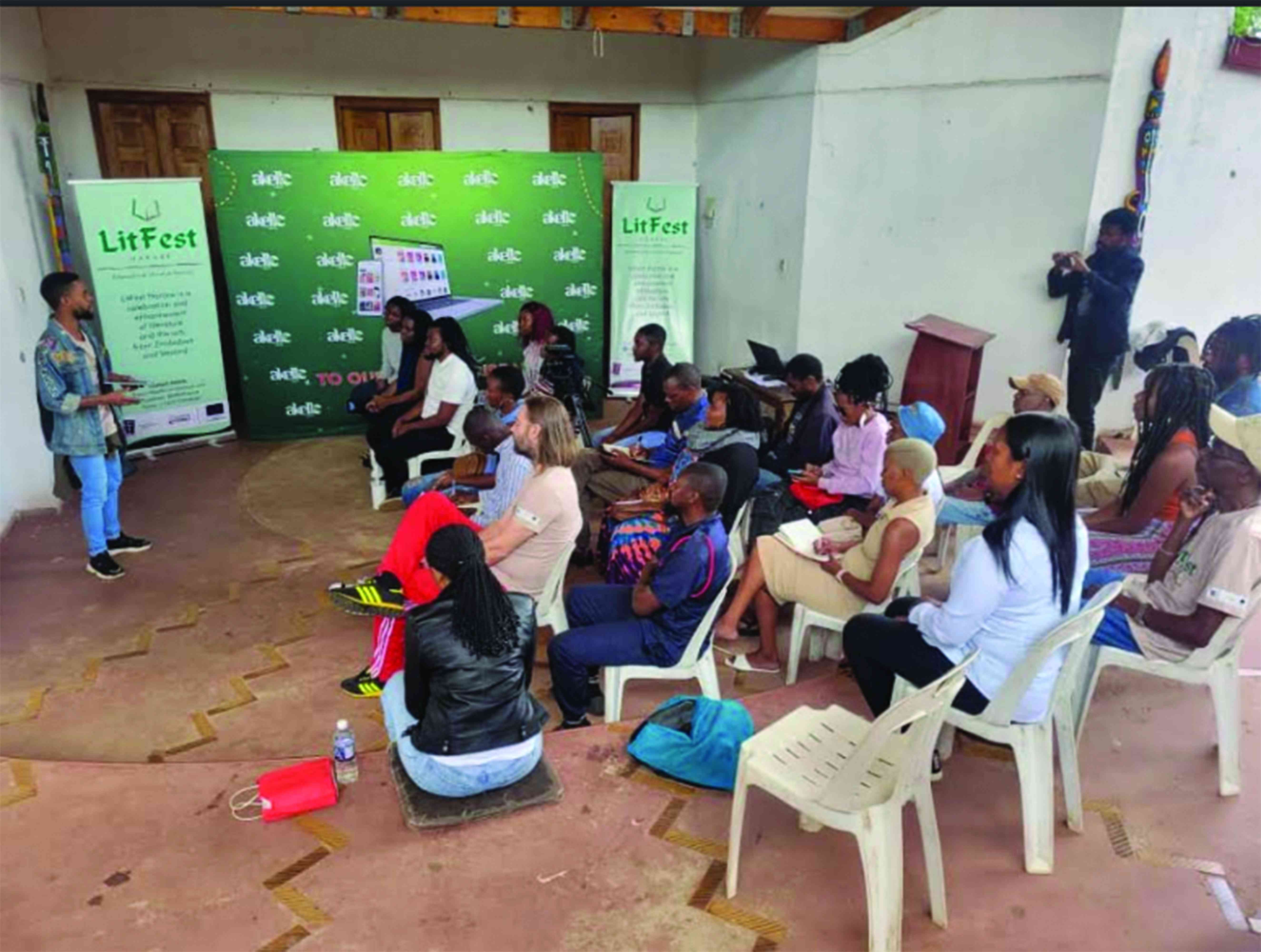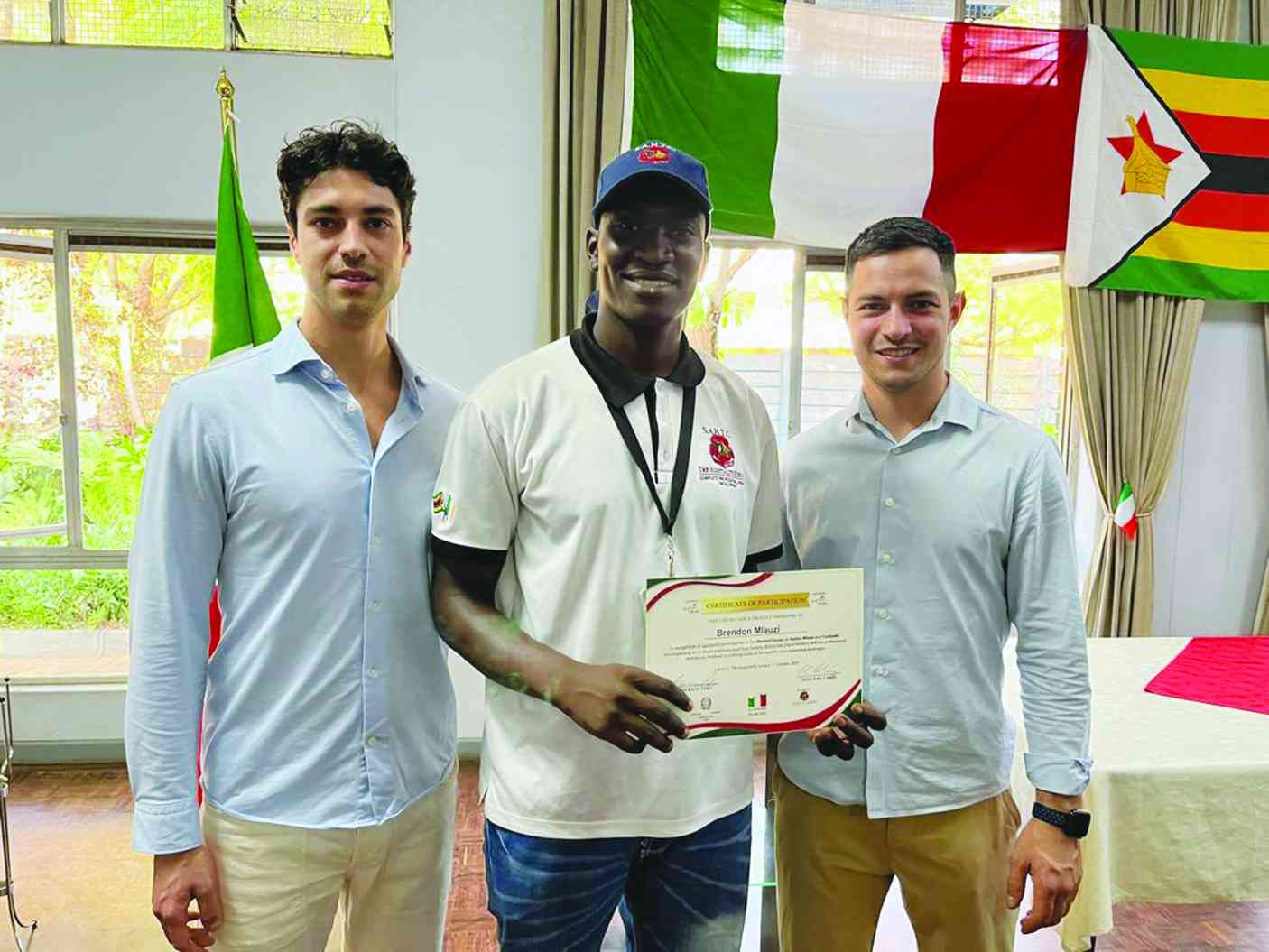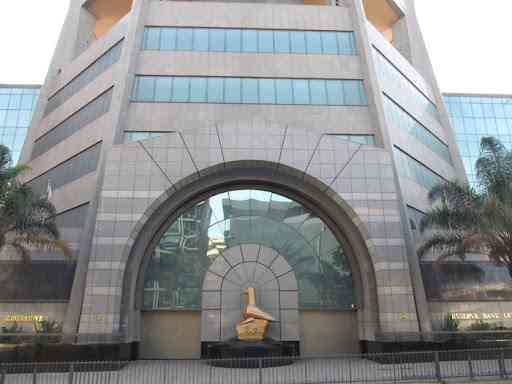
ZIMBABWE will participate in the Venice Biennale for the eighth consecutive time, having made its debut at the 54th edition of the international art showcase in 2011.
Dubbed the “Olympics of the Visual Arts”, the La Biennale di Venezia — as it is known — will run from May 9 to November 22 next year.
The event is hosted across the traditional venues of the Giardini della Biennale and the Arsenale, as well as various other locations throughout the historic city of Venice.
As the world’s longest-running international art exhibition, held every two years since 1895, the biennale has been a cornerstone initiative for presenting and encouraging artistic excellence across multiple disciplines, including cinema, theatre, music, dance, architecture and visual art.
The upcoming edition, themed “In Minor Keys”, was conceived by the late Cameroonian-Swiss art curator Koyo Kouoh.
Five artists — Gideon Gomo, Eva Raath, Franklyn Dzingai, Felix Shumba and Pardon Mapondera — have been selected to represent the country.
The pavilion’s organising committee, led by commissioner Raphael Chikukwa and curator Fadzai Muchemwa, has tasked them with creatively interpreting the sub-theme “Second Nature”.
Zimbabwe’s participation was announced on Monday at an event hosted at the National Gallery of Zimbabwe (NGZ) in Harare.
- Daily life struggles reflected in Burning Figure
- Baker’s art work inspired by personal experiences
- NGZ to honour winning finalists
- Stage set for visual arts awards ceremony
Keep Reading
Fadzai Muchemwa, NGZ curator of contemporary art, explained that the selection of the five artists was a deliberate process.
“It began with a long list of artists compiled over several years. After the Venice Biennale announced its theme, the committee refined their focus to align with it,” she said.
“They developed a sub-theme and created a shortlist of artists whose existing work naturally responded to it. The final selection was based on whose work was ‘strongest to show in Venice’.”
She also emphasised the broader mission behind Zimbabwe’s pavilion: to assert the country's own voice on the global stage.
She countered external narratives that Zimbabweans lack a clear identity, arguing that the international fascination with the country’s art is evidence of its unique character.
“The goal is to ensure Zimbabweans tell their own stories instead of letting others narrate on their behalf,” she told IndependentXtra.
NGZ board chair Justice Maphios Cheda said La Biennale di Venezia is crucial to challenge the Eurocentric perspectives fostering global dialogue, creating market opportunities for our artists.
Furthermore, he underscored that Zimbabwe’s continued visibility at the biennale signifies a positive trend towards greater global inclusivity and recognition of the great country’s rich artistic heritage.
Sport, Recreation, Arts and Culture minister Anselem Sanyatwe, said the improvement of the country’s image was highly effective through cultural exchange.
“And what remains essential is to publicise efforts such as the Pavilion of Zimbabwe to the Zimbabwean people, as great reputation has to be endemic before it moves outwards,” Sanyatwe said.
While “In Minor Keys” serves as the biennale’s overarching theme, the Zimbabwean pavilion’s selected sub-theme explores “neuroplasticity as both metaphor and method, an entry point into thinking about how identities, stories and societies are continuously reshaped,” read a curatorial statement released by NGZ.
“Second Nature carries a double edge: what once belonged to human habit is now entwined with machine logic, raising urgent questions about autonomy, imagination and control.”
Zimbabwe holds the unique distinction of being the only country to consecutively stage and retain a national pavilion from the project’s inception in 2011 to the forthcoming edition in 2026.
The administrative chancellor at the Italian embassy in Harare Massimo Amadeo said his country was delighted to host Zimbabwe once again.
“It is remarkable to think this collaboration has been ongoing since 2011. We are very happy to provide a global platform for this country’s incredible artists. We wish them all the best and look forward to an even stronger collaboration in the future.”
Selected artists Gomo and Raath expressed profound joy and a sense of fulfilment at being chosen to represent Zimbabwe.
After practising for over 20 years, Gomo sees this not as winning a race, but as a milestone in a long journey.
He now plans to focus on creating work that will represent the nation and encapsulate his personal artistic journey, including all its “frustrations and successes”.
“It has been a long time coming and I am very thankful to the organisers who saw fit to select me to be part of this edition of the biennale.”
Raath, who explores themes of identity and transformation, stated that she has been working towards this particular day the whole of her life.
Coming from an artistic family, she was determined to achieve this goal, especially after returning to Zimbabwe 15 years ago.
She actively entered every exhibition, facing repeated rejections, but credited Chikukwa and Muchemwa for mentoring and encouraging her to reach this point.
Muchemwa provided insight into Raath’s work, revealing a personal “minor obsession with print”.
She explained that she is fascinated by the medium both for its core principle of “multiplicity” and its historical use in revolutions.
Furthermore,Muchemwa is deeply interested in the subject matter that Raath addresses, stating: “In her artwork (Raath), addresses issues that affect women. She takes social matters and they become the subject and those are the things that I am interested in.”











